VERY RARE! 1934 Jewish Holocaust Refugee Fleeing Nazi German Berlin Immigration Certificate
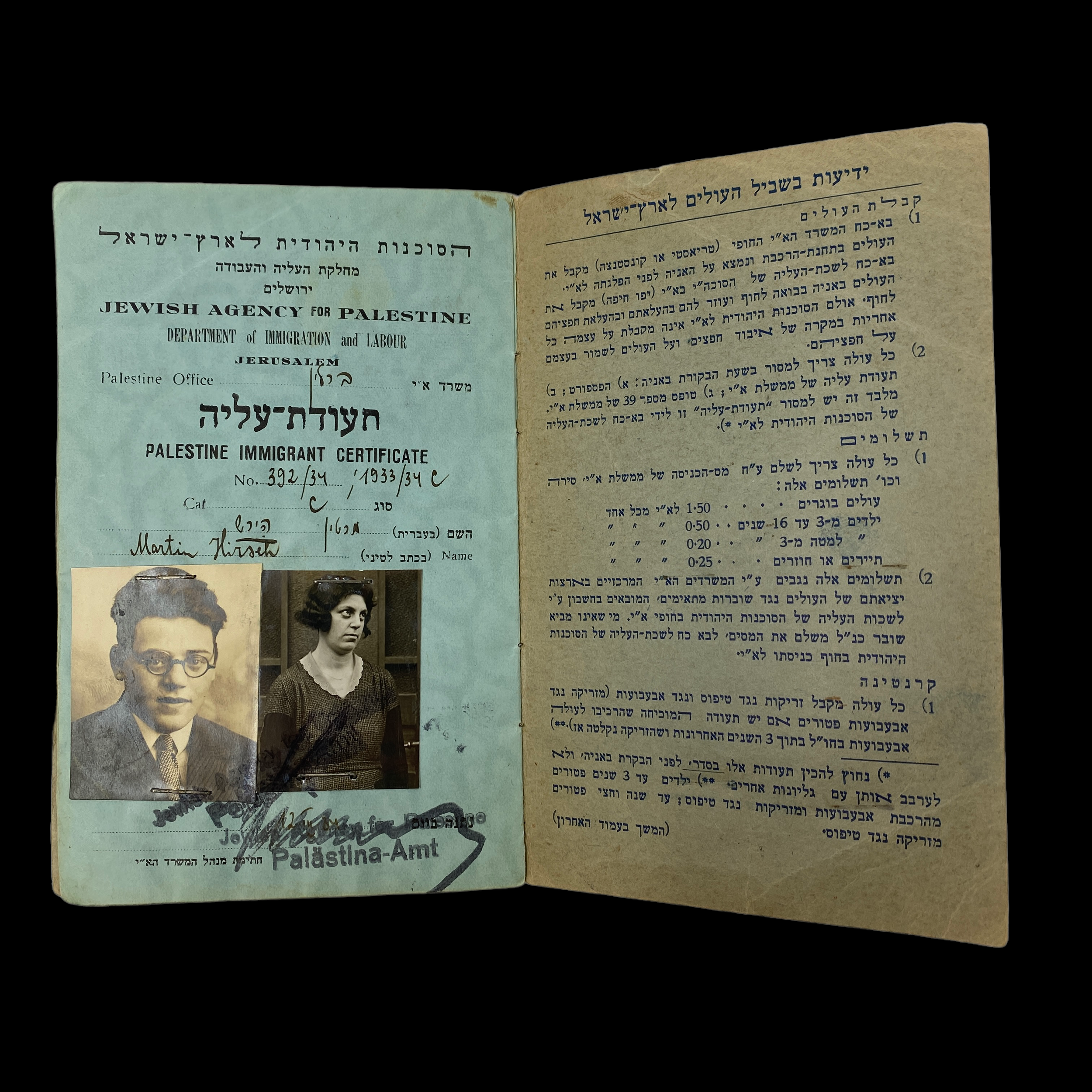
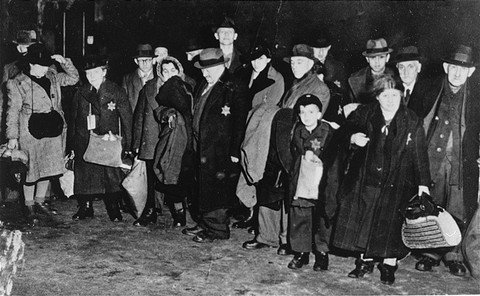
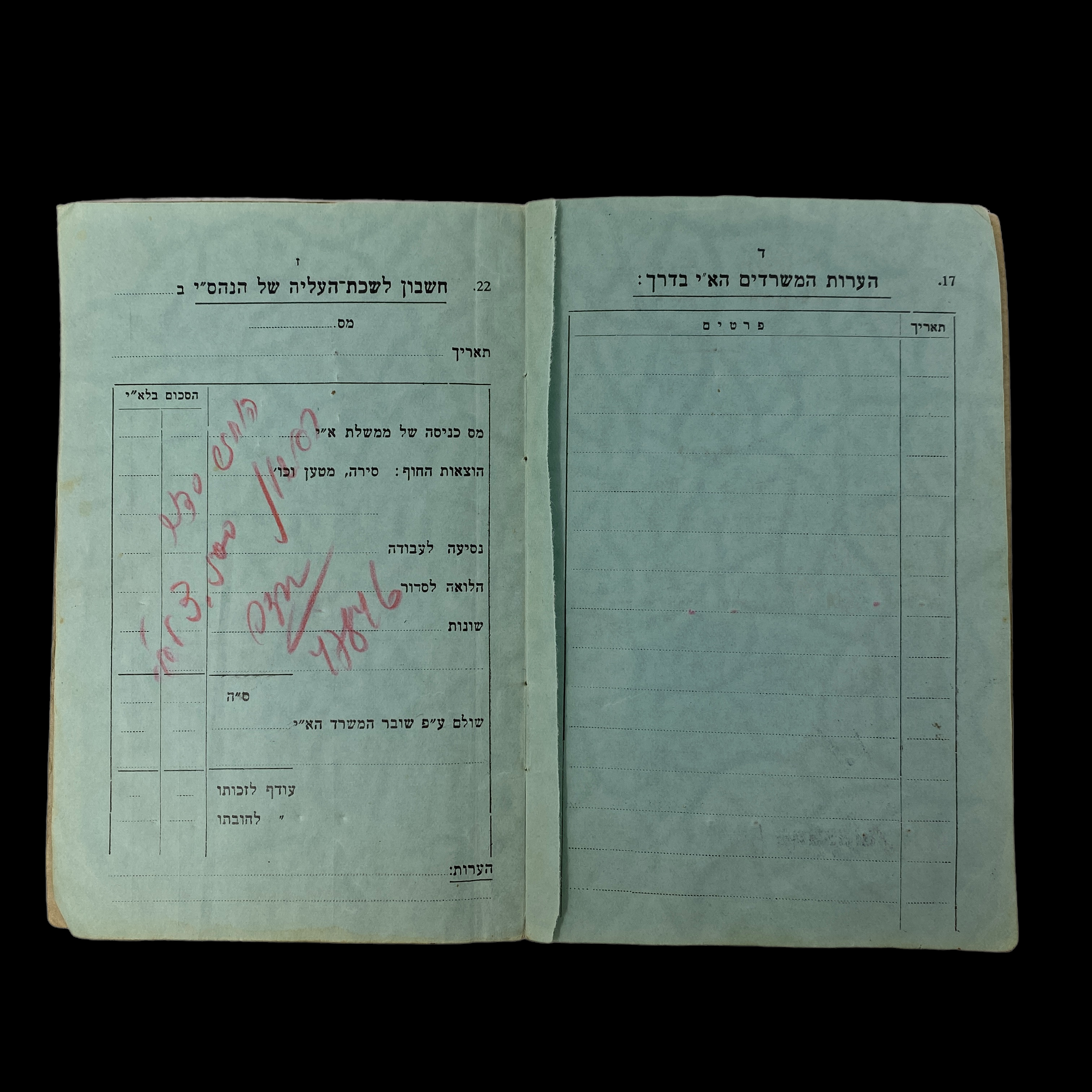
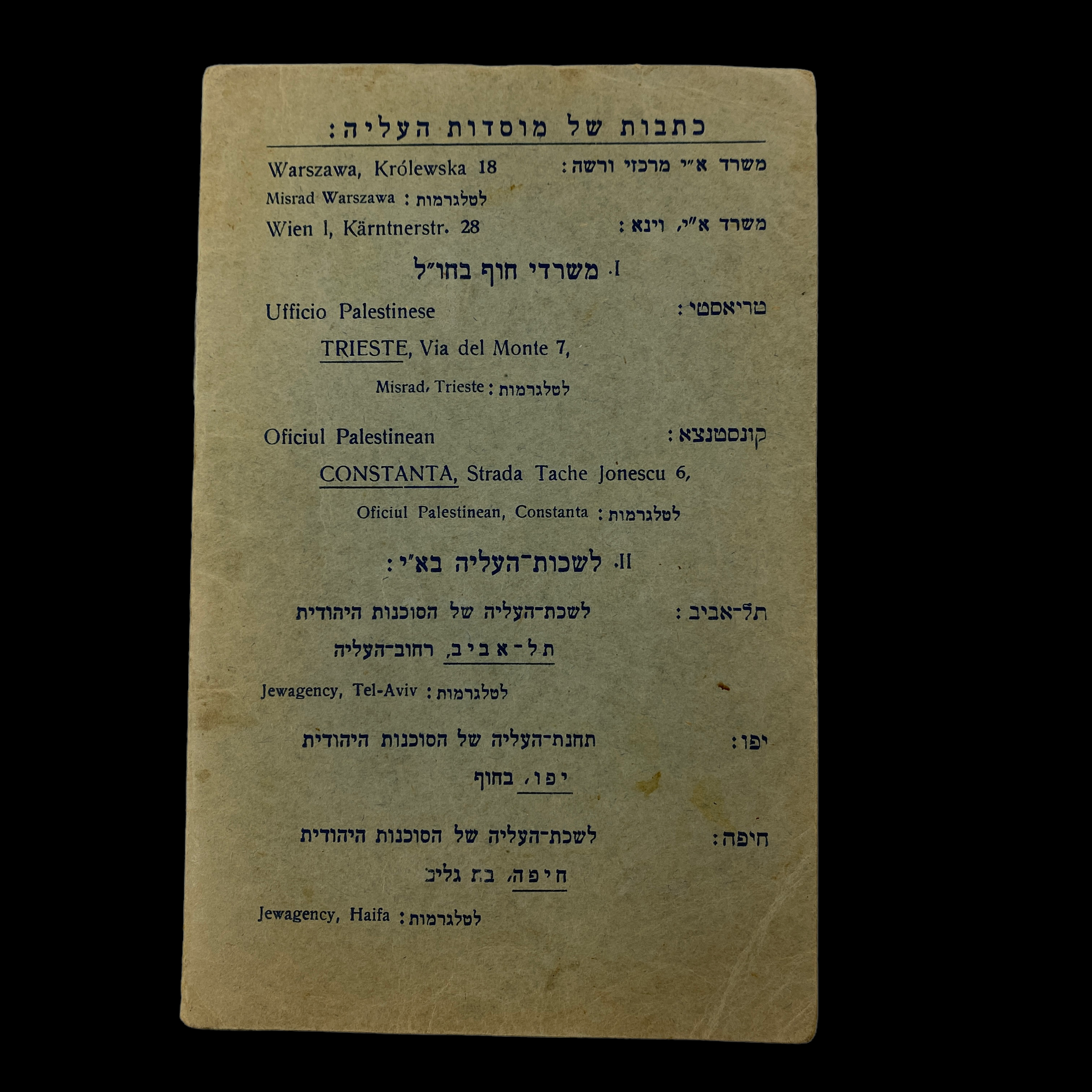

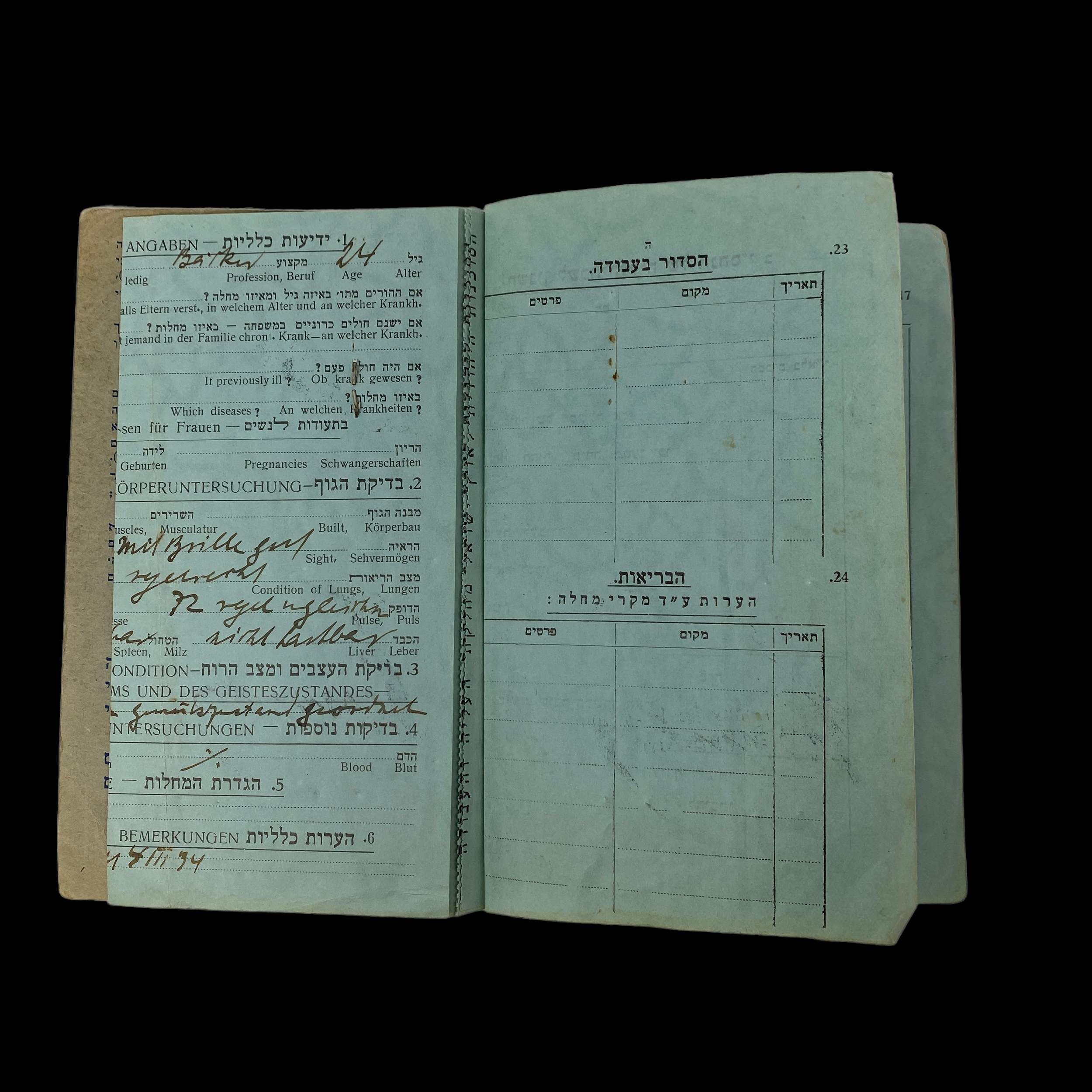

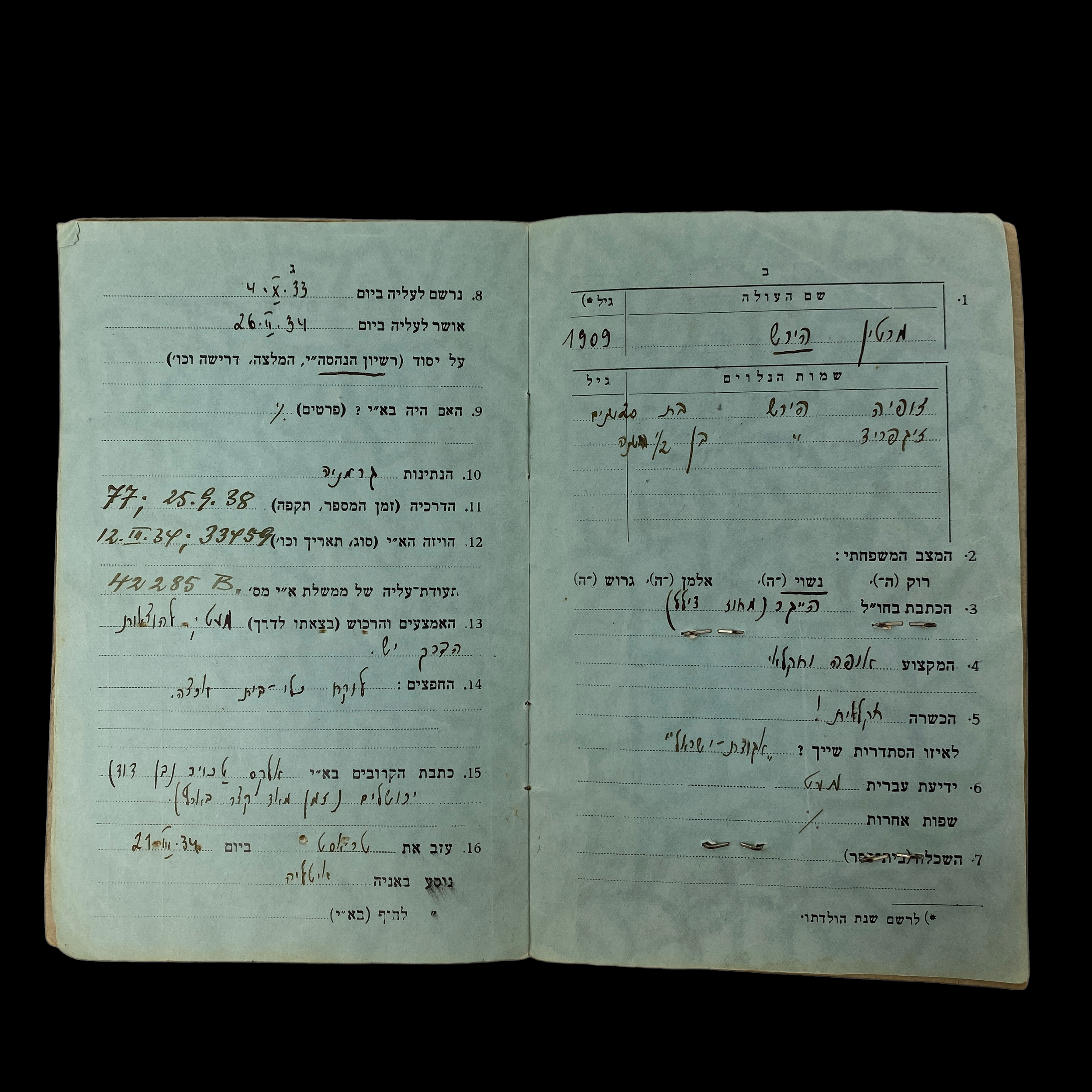
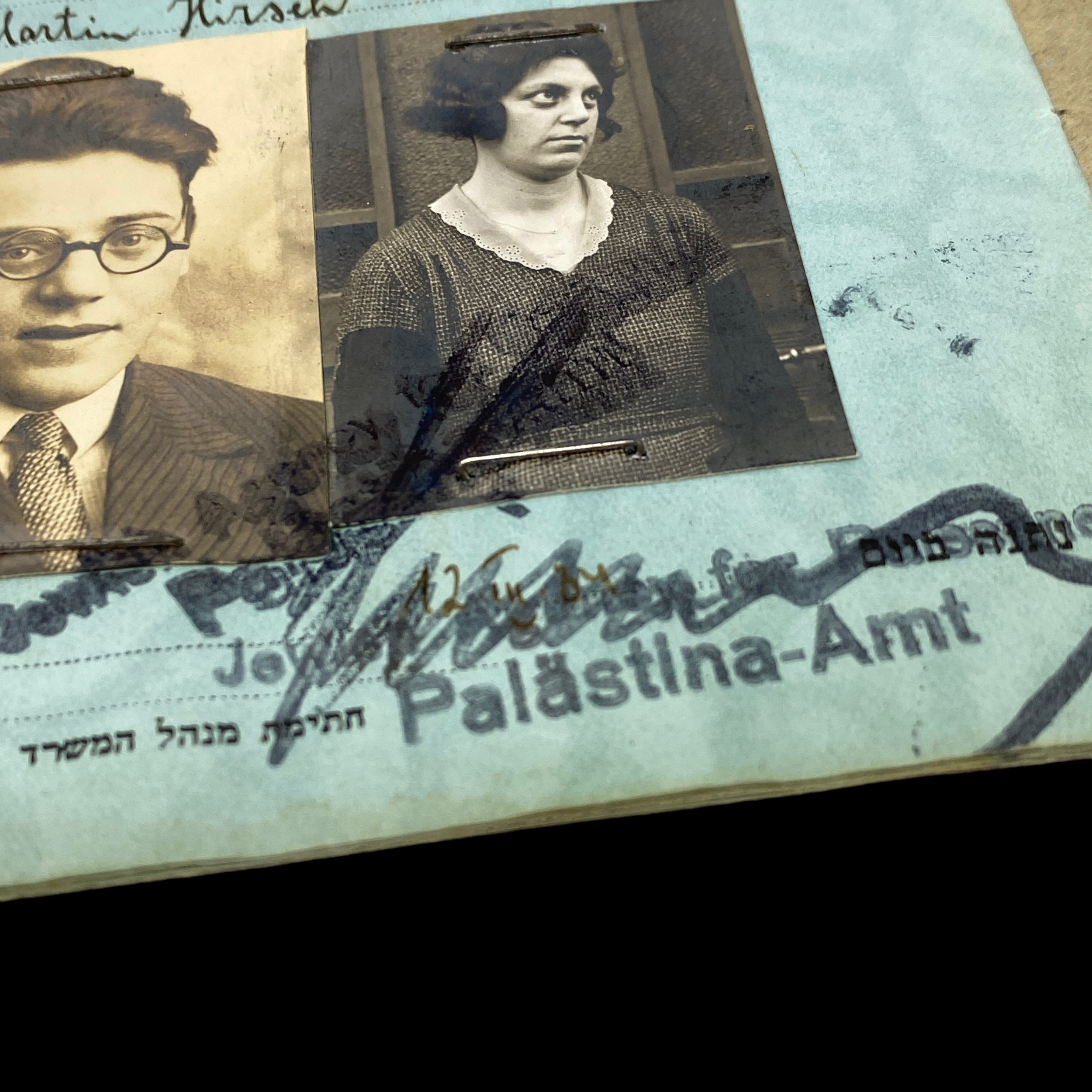
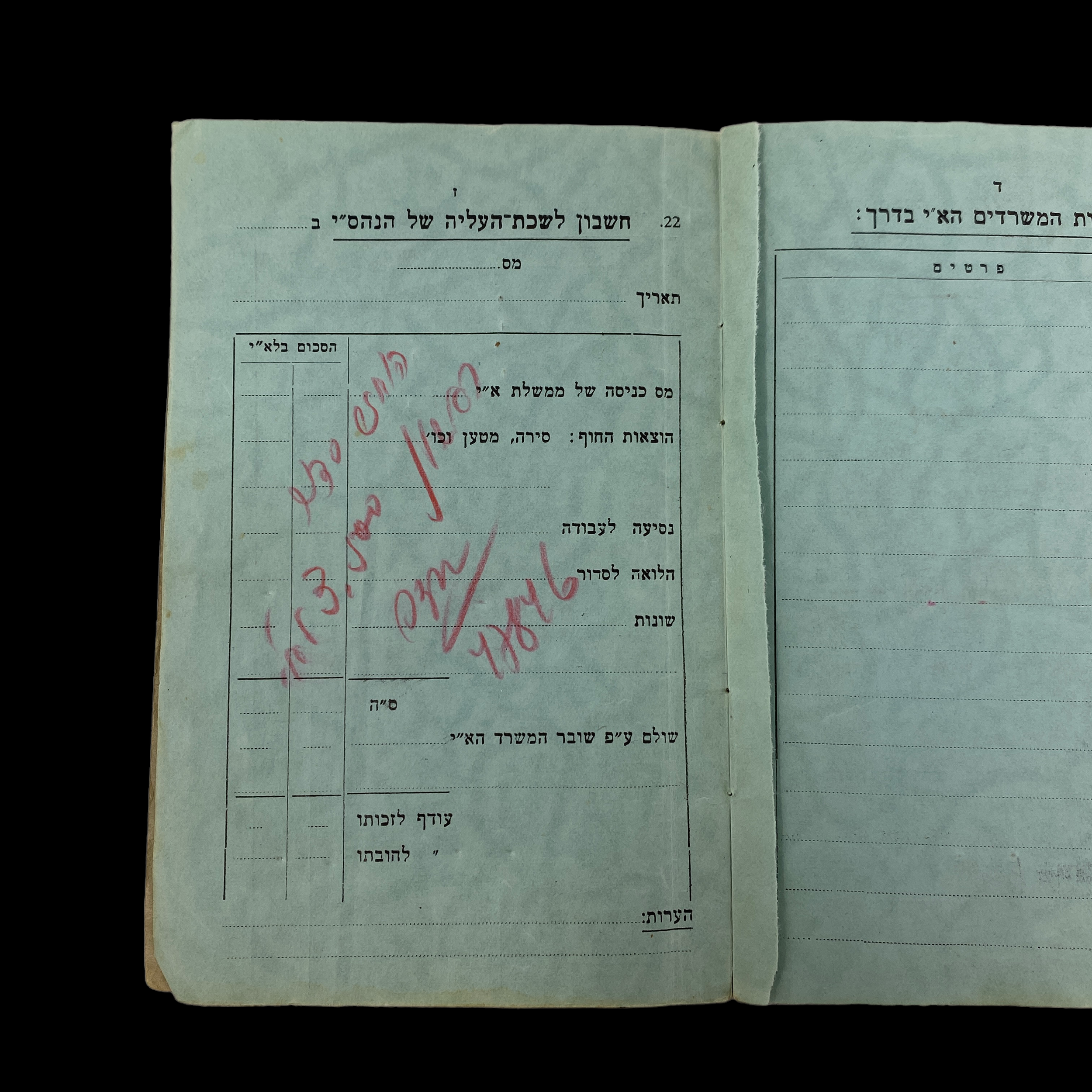
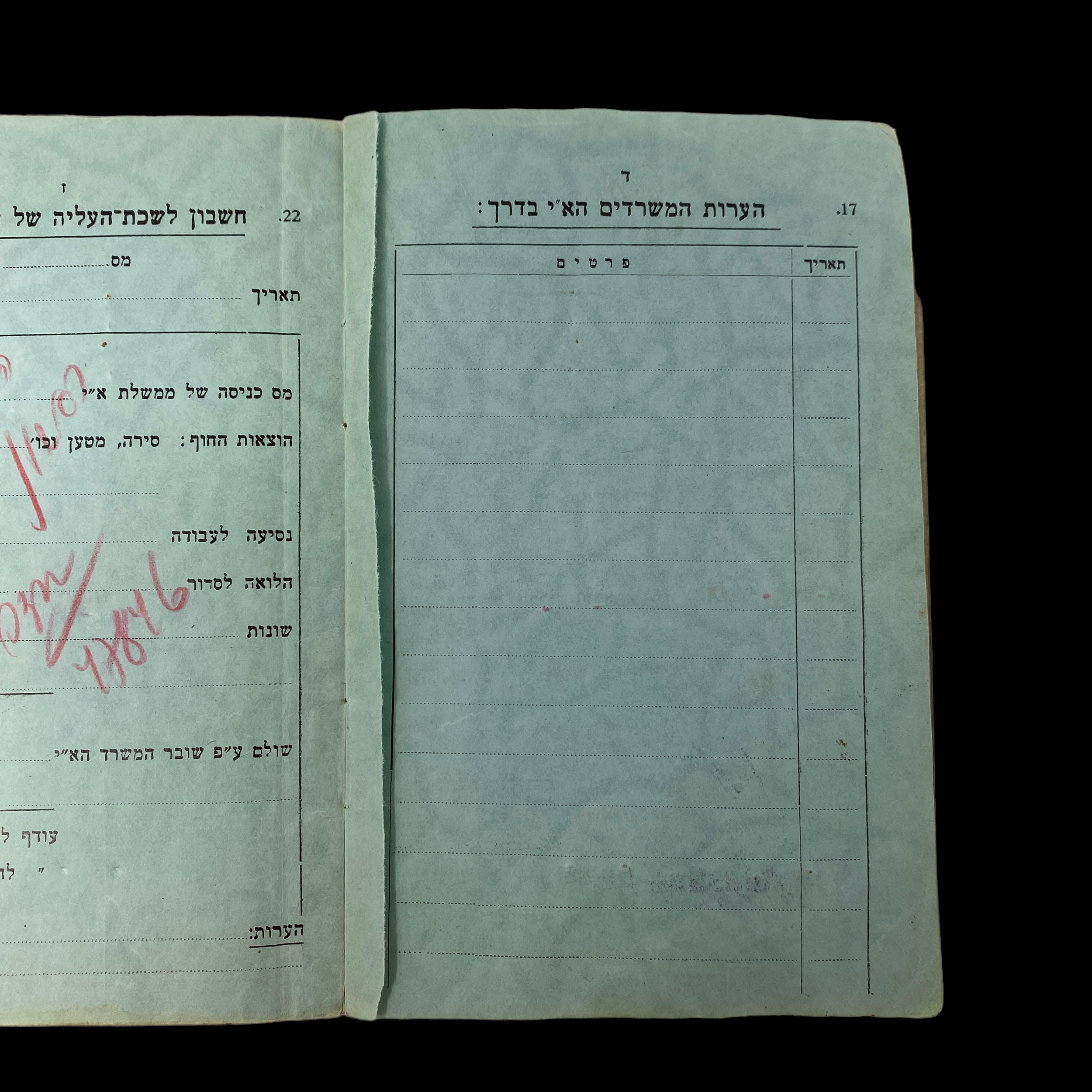

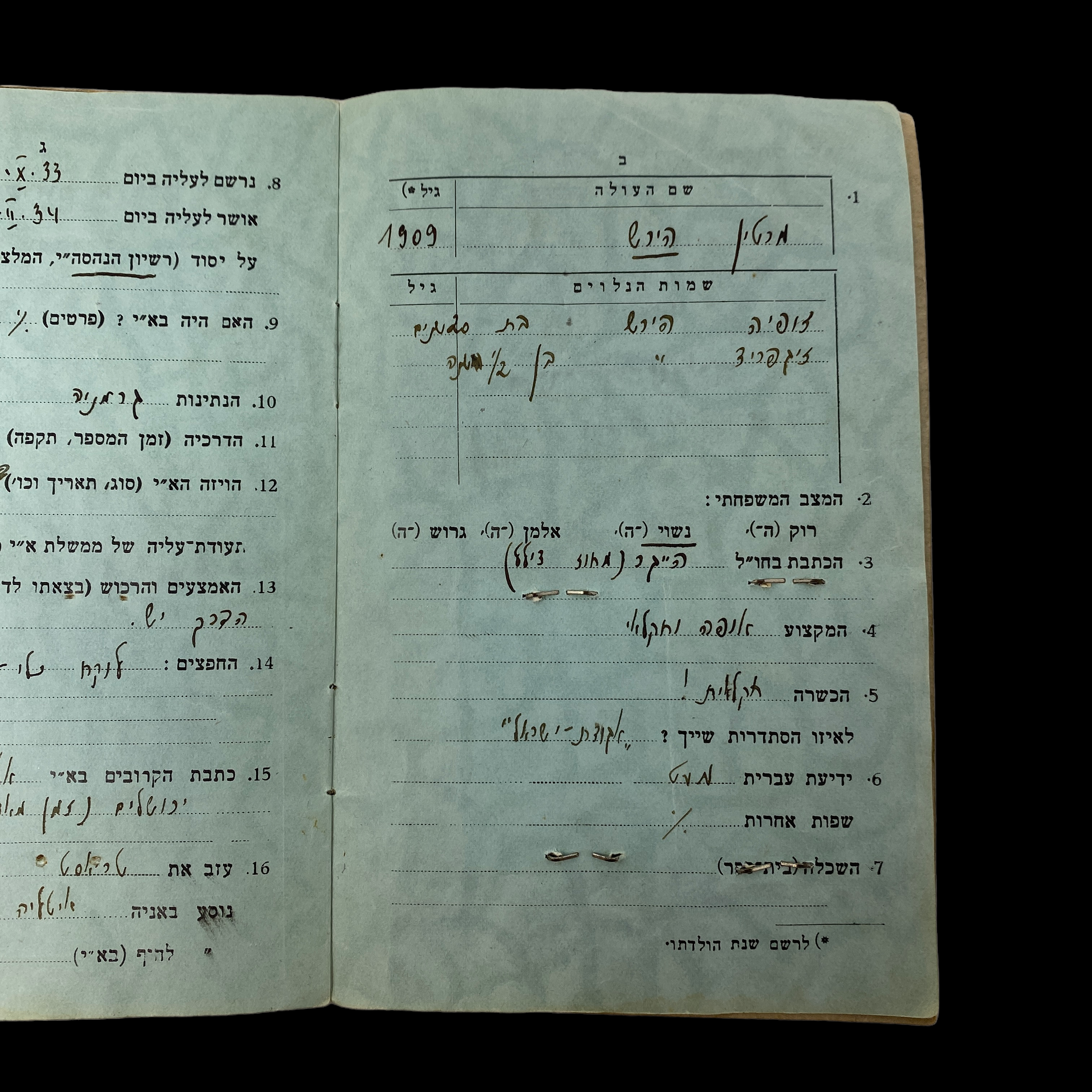
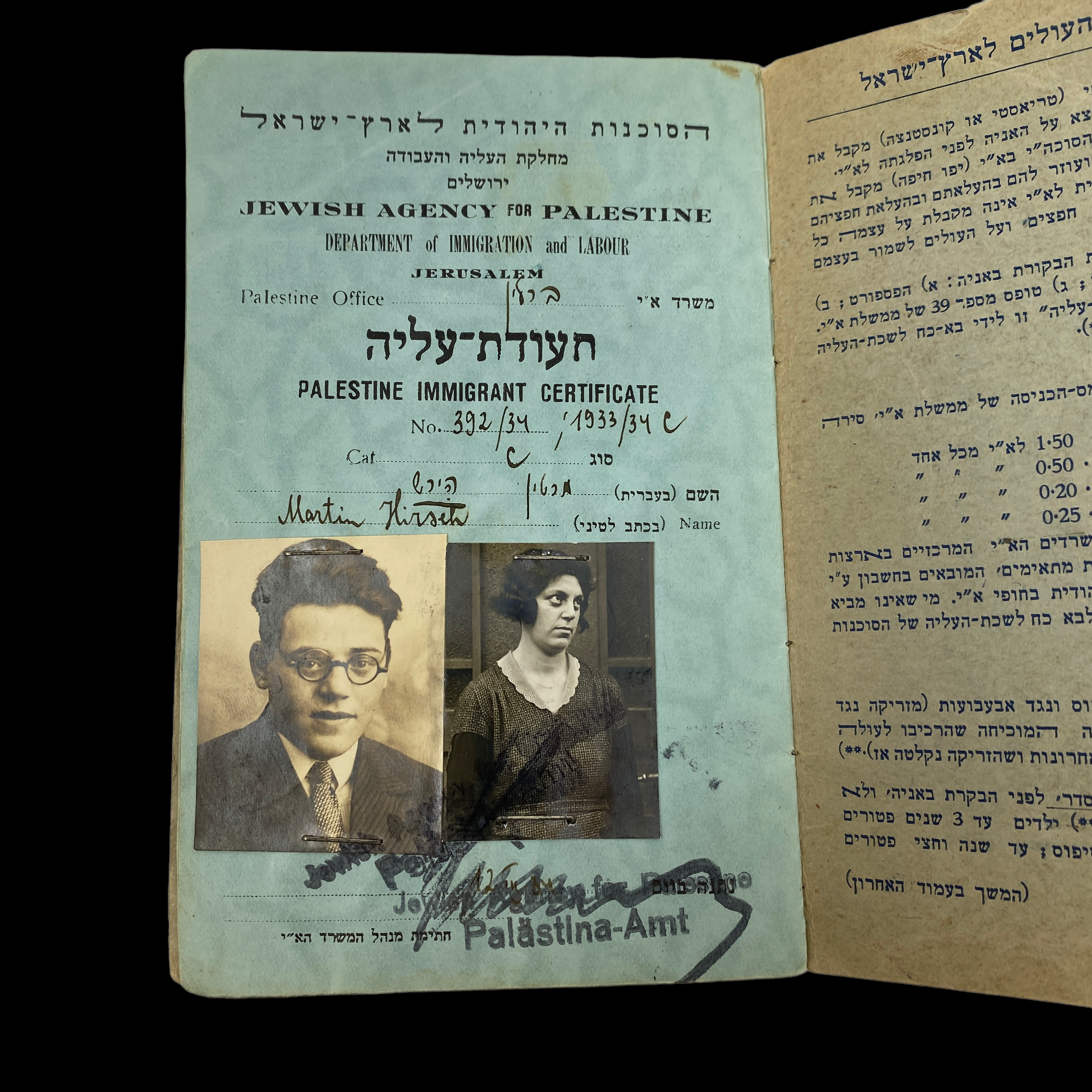
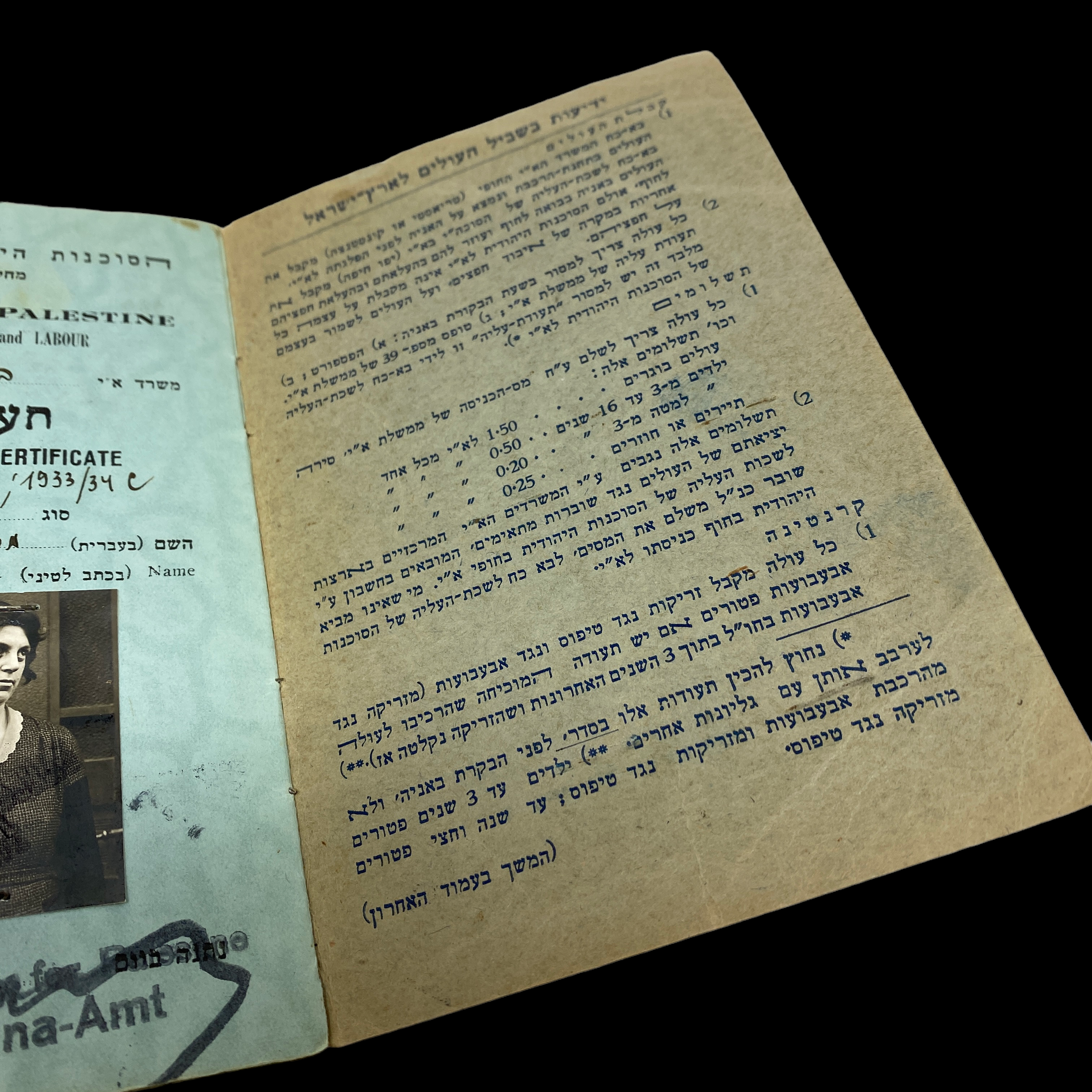
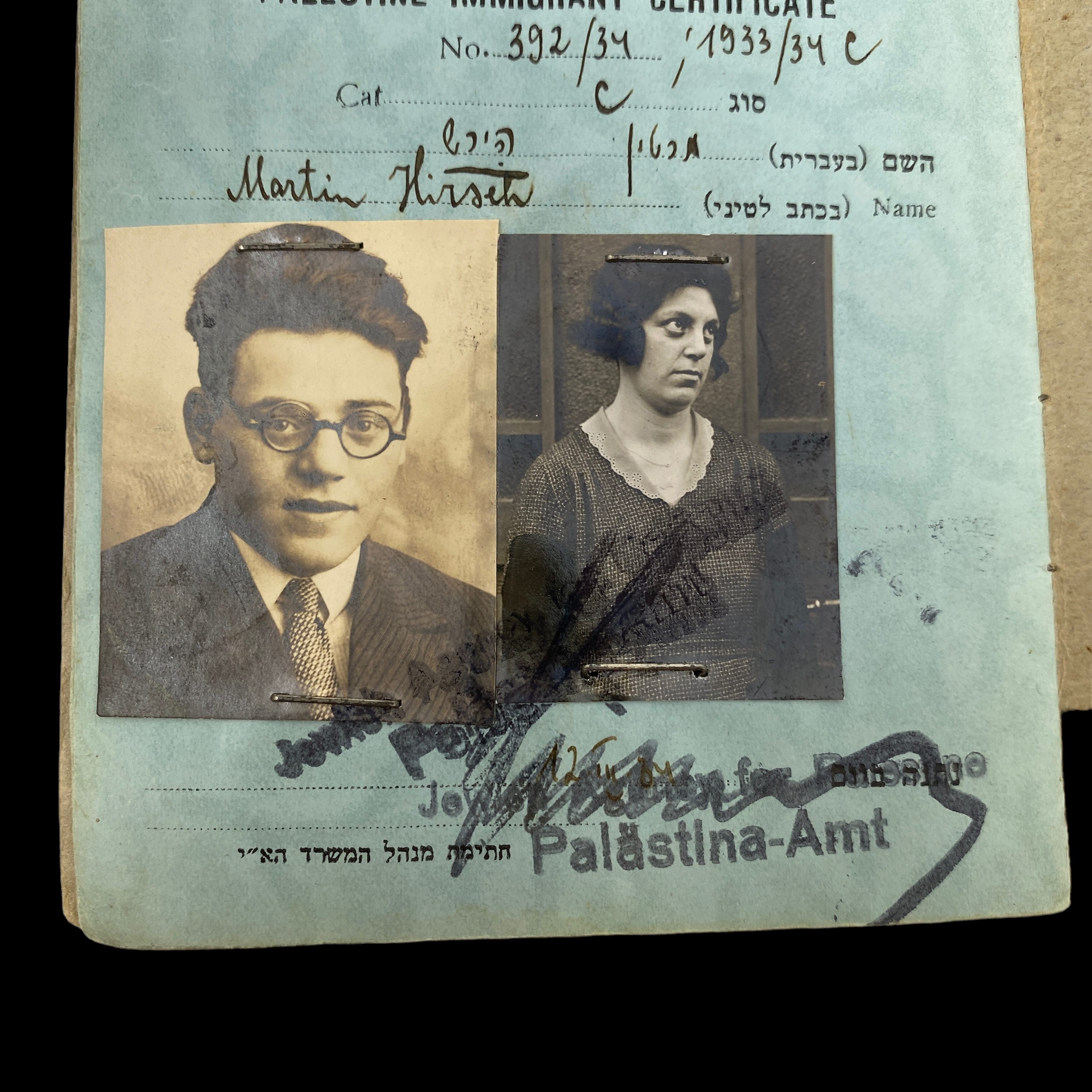
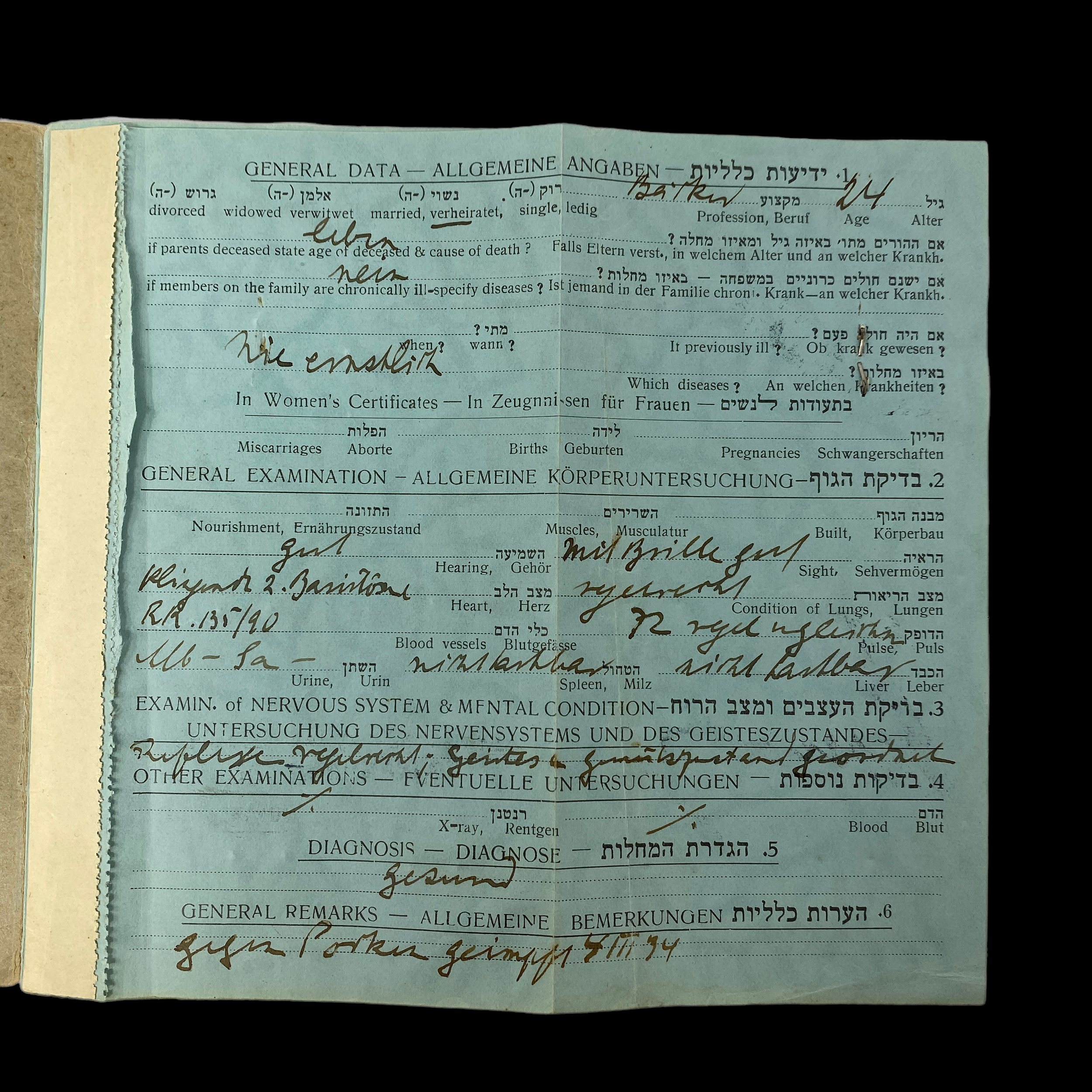
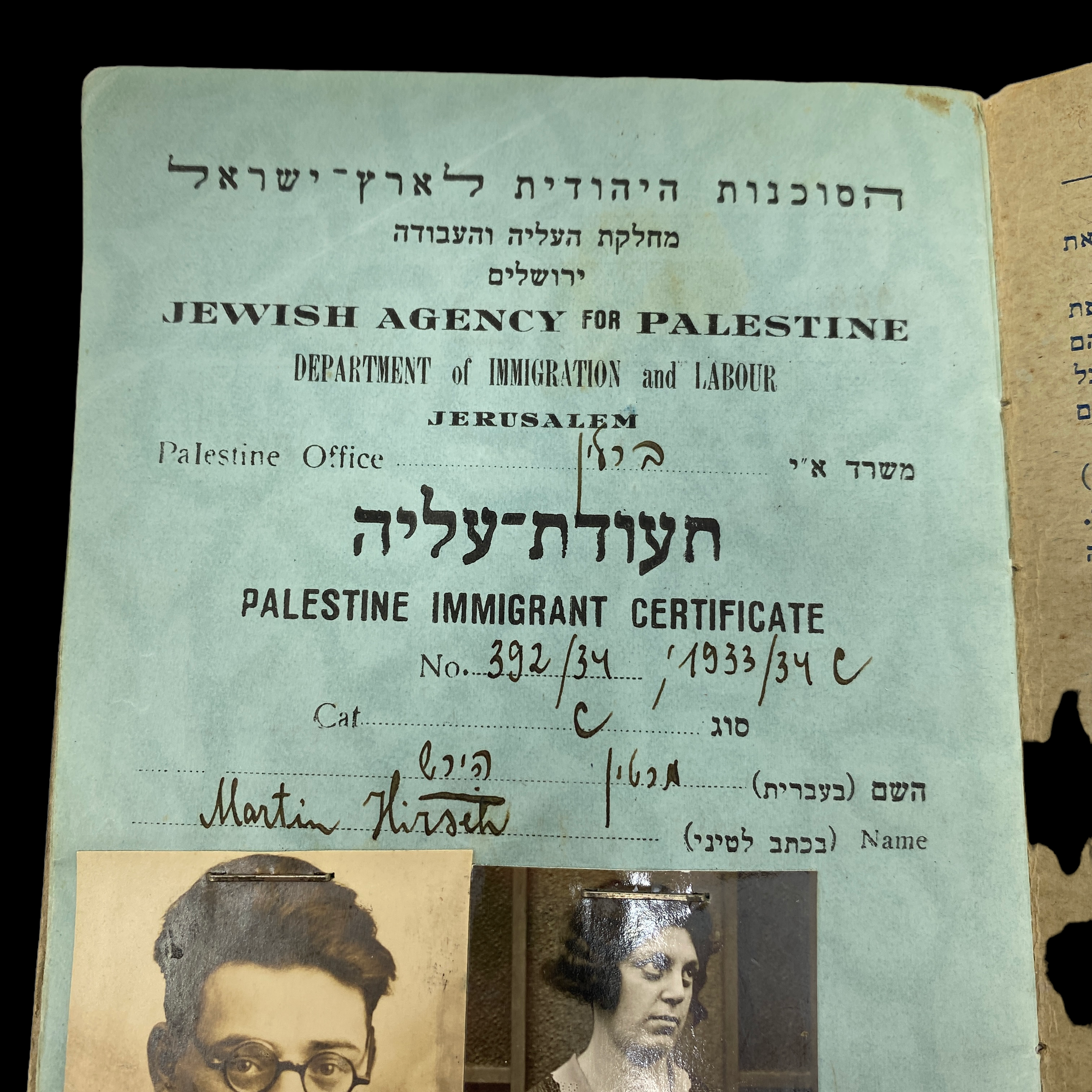
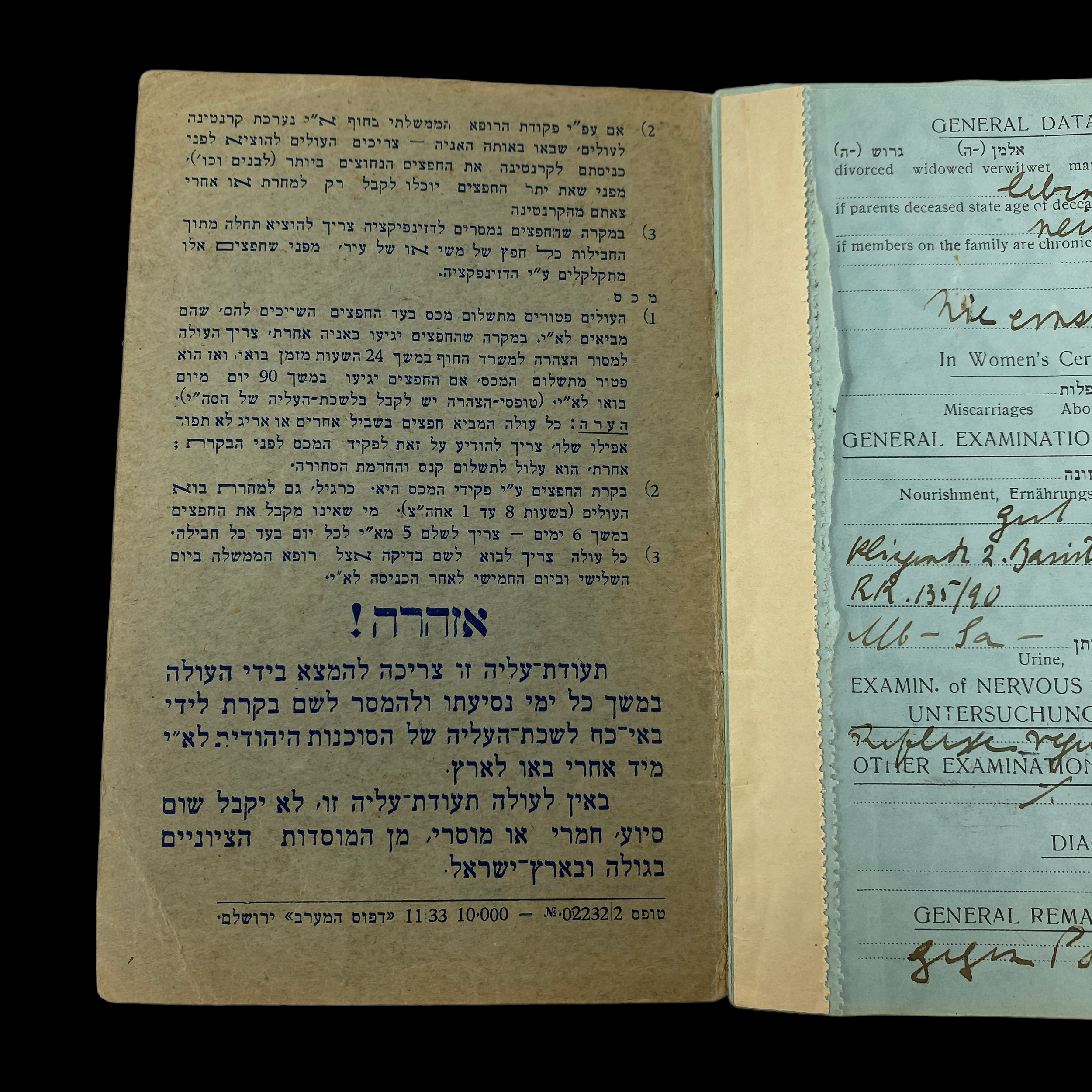
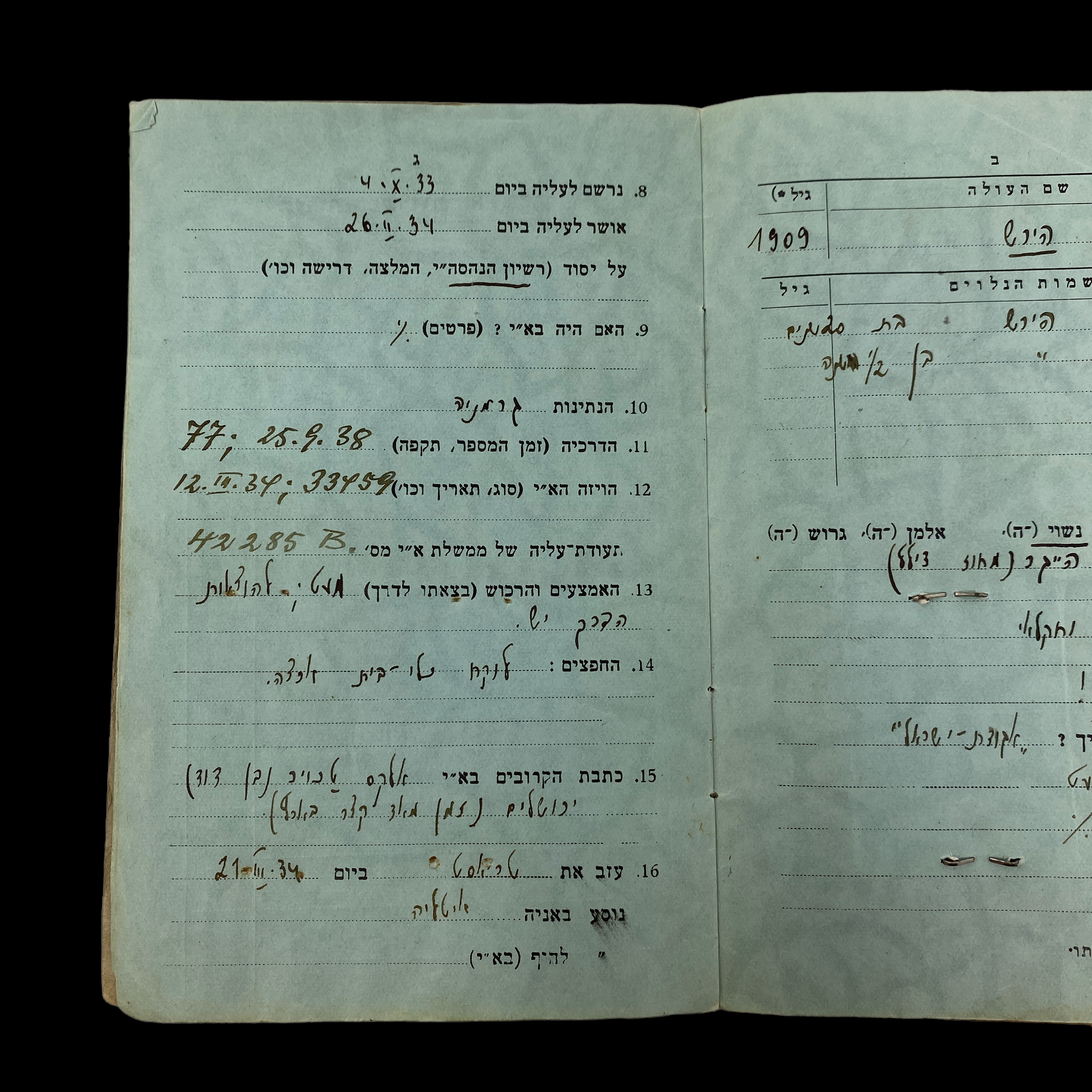
VERY RARE! 1934 Jewish Holocaust Refugee Fleeing Nazi German Berlin Immigration Certificate
Comes with hand-signed C.O.A.
This is a very rare Holocaust artifact of the German Jewish Refugees of 1933-1939. This 1934 Jewish immigration certificate was granted to a Jewish refugees fleeing Berlin and the increasing Nazi persecution of Jews in the early stages of WWII. What makes this very unique is that they were granted this one year prior to the Nuremberg Race Laws in September 1935 and subsequent related decrees that deprived German Jews of civil rights, Jewish emigration remained more or less constant.
In January 1933 there were some 523,000 Jews in Germany, representing less than 1 percent of the country's total population. The Jewish population was predominantly urban and approximately one-third of German Jews lived in Berlin.
The initial response to the Nazi takeover was a substantial wave of emigration (37,000–38,000), much of it to neighboring European countries (France, Belgium, the Netherlands, Denmark, Czechoslovakia, and Switzerland). Most of these refugees were later caught by the Nazis after their conquest of western Europe in May 1940. Jews who were politically active were especially likely to emigrate. Other measures that spurred decisions to emigrate in the early years of Nazi rule were the dismissal of Jews from the civil service and the Nazi-sponsored boycott of Jewish-owned stores.
During the next two years there was a decline in the number of emigrants. This trend may partly have been due to the stabilization of the domestic political situation, but was also caused by the strict enforcement of American immigration restrictions as well as the increasing reluctance of European and British Commonwealth countries to accept additional Jewish refugees.
The events of 1938 caused a dramatic increase in Jewish emigration. The German annexation of Austria in March, the increase in personal assaults on Jews during the spring and summer, the nationwide Kristallnacht ("Night of Broken Glass") pogrom View This Term in the Glossary in November, and the subsequent seizure of Jewish-owned property all caused a flood of visa applications. Although finding a destination proved difficult, about 36,000 Jews left Germany and Austria in 1938 and 77,000 in 1939.
The sudden flood of emigrants created a major refugee crisis. President Franklin D. Roosevelt convened a conference in Evian, France, in July 1938. Despite the participation of delegates from 32 countries, including the United States, Great Britain, France, Canada, Australia, no permanent or comprehensive solution to the refugee crisis was found. The plight of German-Jewish refugees, persecuted at home and unwanted abroad, is also illustrated by the voyage of the St. Louis.
At the end of 1939, about 202,000 Jews remained in Germany and 57,000 in annexed Austria, many of them elderly. By October 1941, when Jewish emigration was officially forbidden, the number of Jews in Germany had declined to 163,000. The vast majority of those Jews still in Germany were murdered in Nazi camps and ghettos during the Holocaust.